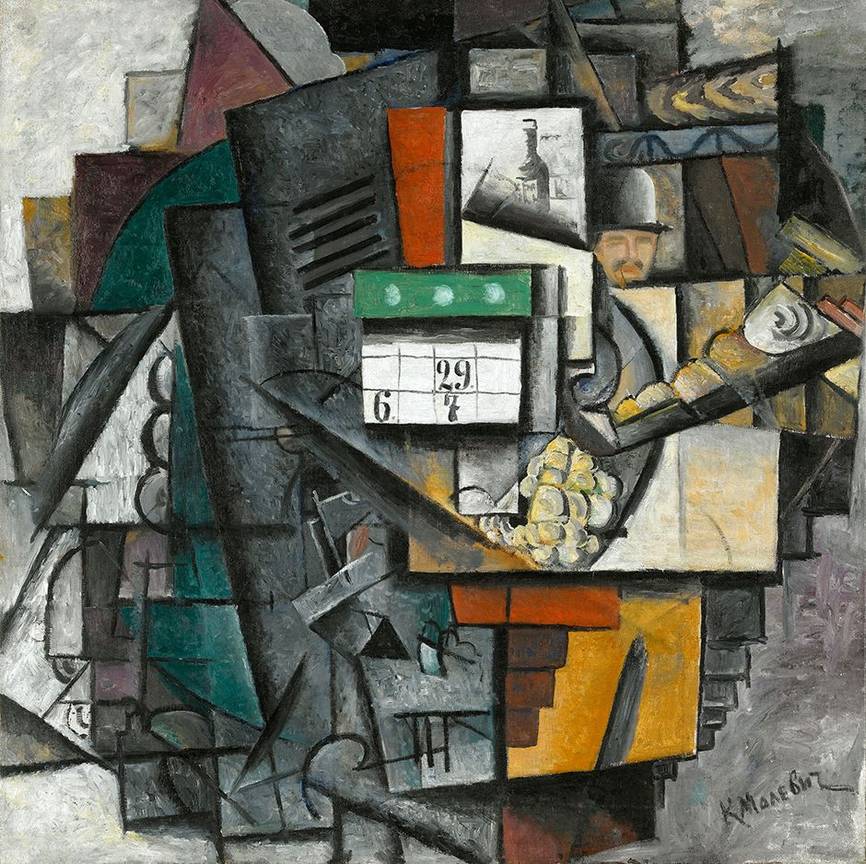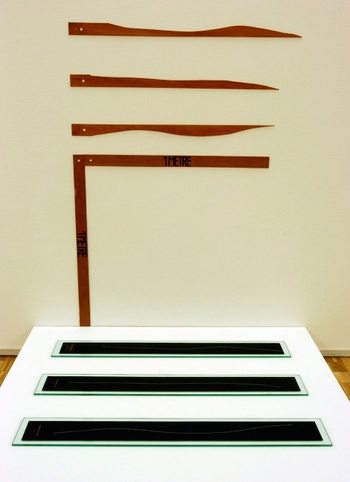Never before had artists expressed the spirit of the times so well as around the time of the First World War. A rapidly changing world called for radical changes in art. In "The Power of the Avant-Garde", Bozar shows that the movement is still relevant today.

EXPO. The power of the Avant-garde at Bozar
Nowhere else are both the utopian potential of art and its failure so intense," says the contemporary artist Bogomir Ecker of the avant-garde. The First World War had just begun, in a world that was changing rapidly as a result of industrialisation. Avant-garde artists were the first to give expression to the apprehension that was widely felt in society about mechanised progress and the faith – or unease – that it produced. Artists throughout Europe and in Russia broke radically with their predecessors and developed movements such as Der Blaue Reiter, Die Brücke, cubofuturism, and Bauhaus. Even in St Petersburg and Moscow, the avant-garde reflected the bustle of life permeated by technology, machines, and vehicles.
A hundred years later, a number of Bozar exhibitions demonstrate the significance of the avant-garde. Earlier this year, Bozar presented exhibitions devoted to Theo van Doesburg and Daniel Buren and one entitled "Facing the Future". Now, with "The Power of the Avant-Garde", Bozar makes even clearer the important influence of the revolutionary movement in painting. The curator, Ulrich Bischoff, does so by, on the one hand, showing a selection from the avant-garde canon, including works by Robert Delaunay, Marcel Duchamp, Edvard Munch, and Kazimir Malevich.

© Succession Marcel Duchamp ADAG
The Power of the Avant-Garde
29/9 > 22/1, Bozar, www.bozar.be
Read more about: Expo
Fijn dat je wil reageren. Wie reageert, gaat akkoord met onze huisregels. Hoe reageren via Disqus? Een woordje uitleg.